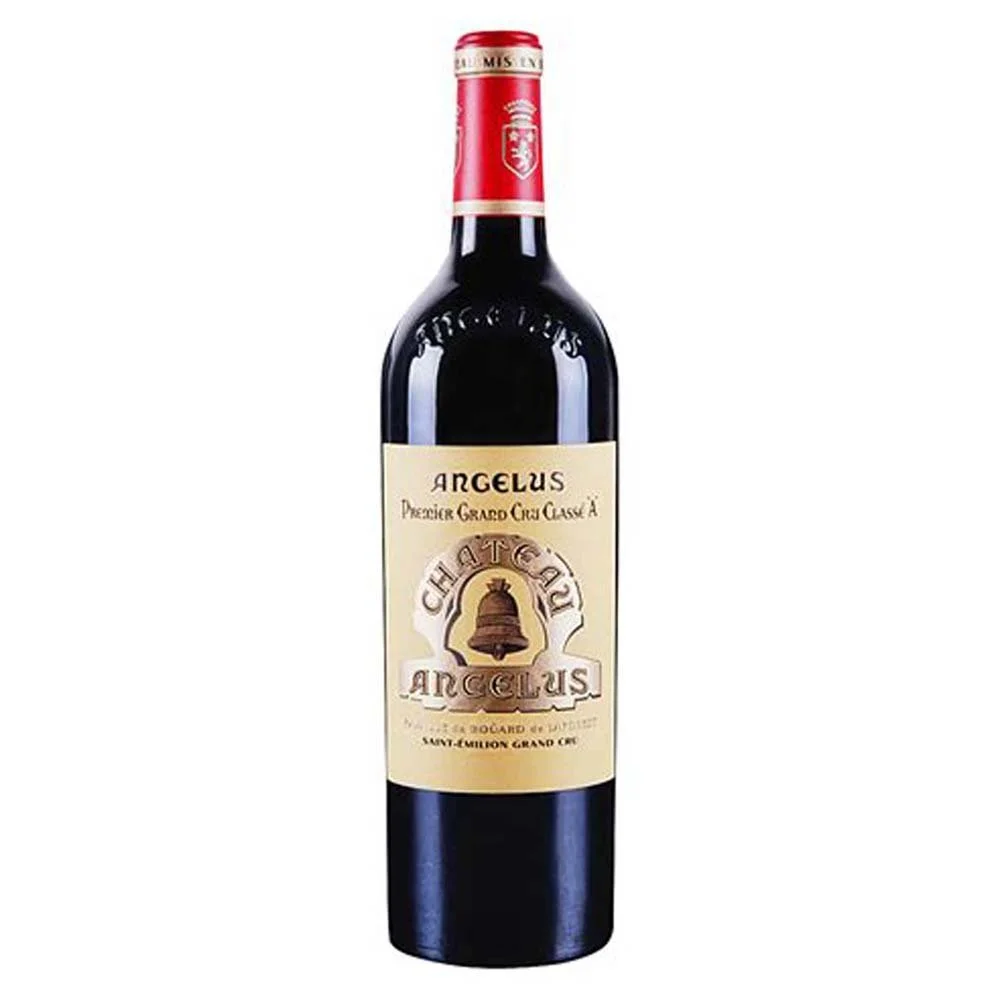BORDEAUX BLEND
Crafted Complexity In Every Glass
Red Blends bring together multiple grape varieties to create wines with balance, depth, and character. They offer winemakers a canvas for creativity—layering structure, fruit, spice, and texture to suit every style, from everyday comfort to cellar-worthy sophistication.
Key Characteristics
Red Blends vary widely by region and grape composition, but typically offer a mix of bold fruit, spice, tannin, and smoothness. Some are plush and approachable, others structured and age-worthy.
Style
Still, red
Body
Medium to full
Acidity
Medium
Primary Grapes
Cabernet Sauvignon, Merlot, Syrah, Zinfandel, Malbec, Tempranillo (varies by blend and region)
Typical Flavors
Dark cherry, blackberry, plum, baking spices, mocha, tobacco
Origin & History
Blending has long been part of winemaking tradition—think Bordeaux, Châteauneuf-du-Pape, and Rioja. The goal: to make a wine that’s more balanced and complex than any single grape could provide. Today, red blends are also wildly popular in the U.S. and beyond, ranging from classic regional styles to modern, winemaker-driven creations.
How It’s Made
After each grape variety is harvested and vinified separately, the wines are blended to taste—either before or after barrel aging. The blend might include two or many grapes, with proportions adjusted to balance fruit, tannin, acidity, and mouthfeel.
Notable Regions
Red Blends are made all over the world, with both traditional and innovative expressions.
France
Bordeaux & Rhône
The original blended reds: structured, earthy, and age-worthy
Spain
Rioja & Priorat
Tempranillo-led blends with spice, oak, and power
United States
California
Popular “Meritage” and proprietary blends, often lush and fruit-forward
Italy
Tuscany & Veneto
Sangiovese blends, Super Tuscans, and regional classics
Food Pairings
Thanks to their layered profiles, Red Blends pair easily with a range of hearty, flavorful dishes.
Appetizers
Meatballs, mushroom crostini, grilled sausages
Meats
Roast lamb, steak, barbecue chicken
Cheeses
Aged cheddar, manchego, pecorino
Desserts
Dark chocolate with sea salt, cherry compote, spiced nuts
How to Serve It
Glassware
Large red wine glass to enhance aromatics and texture
Temperature
60–65°F (16–18°C)
Storage
Store on its side in a cool, dark place; decant if young and bold
Fun Fact
In Bordeaux, red blends are so ingrained that wines are rarely labeled by grape, only by region and château. The artistry is in the blend.
Recommended Producers
These houses exemplify the diversity and craftsmanship of Bordeaux and its global interpretations, from grand châteaux to modern icons.
Baron Saint Christophe
A reliable value-driven Bordeaux producer offering approachable blends with classic character.
Barons de Lafite Rothschild – Réserve Spéciale
An accessible expression from one of Bordeaux’s most prestigious names, delivering elegance and pedigree.
Bodegas Caro
A collaboration between Catena and Lafite Rothschild, crafting refined Argentine blends that unite French winemaking with Mendoza terroir.
Château Angélus
A Premier Grand Cru Classé of Saint-Émilion, known for luxurious, age-worthy wines that blend power, precision, and prestige.
Recommended Pours
Baron Saint Christophe - Bordeaux Rouge 2020 — A smooth and approachable Bordeaux blend with dark fruit, subtle spice, and soft tannins.
Barons de Lafite Rothschild - Reserve Speciale Rouge Bordeaux 2022 — A refined and easy-drinking Bordeaux showcasing red currant, cedar, and polished structure.
Bodegas Caro - Red Blend 2019 — A sophisticated Argentine blend of Malbec and Cabernet Sauvignon, marrying Bordeaux elegance with Mendoza power.
Chateau Angelus 2015 — A grand and opulent Saint-Émilion with layered black fruit, floral complexity, and a long, velvety finish.





